This is the Forward’s coverage of the Yiddish language historically spoken by Ashkenazi Jews in Europe and still spoken by many Hasidic Jews today.
For more stories on Yiddishkeit, see Yiddish World, and for stories written in Yiddish,…
This is the Forward’s coverage of the Yiddish language historically spoken by Ashkenazi Jews in Europe and still spoken by many Hasidic Jews today.
For more stories on Yiddishkeit, see Yiddish World, and for stories written in Yiddish,…

Yankev Glatshteyn (Jacob Glatstein) was born in Lublin, Poland, in 1896 to a religious family. In 1914, he immigrated to the United States under the pretense of enrolling in law school but almost immediately dropped out and became involved with the burgeoning Yiddish poetry scene in New York City’s Lower East Side, where he would…
Like my new klingen? How about this cool schirm verteidikung? Ultra-orthodox Jews in Israel might be asking those questions this week — about their ringtones and screen-savers, respectively — after an Israeli telecom company launched a new “kosher” cell phone with a Yiddish interface. Reuters reports that “Israel’s second largest mobile provider, Partner, [has] introduced…
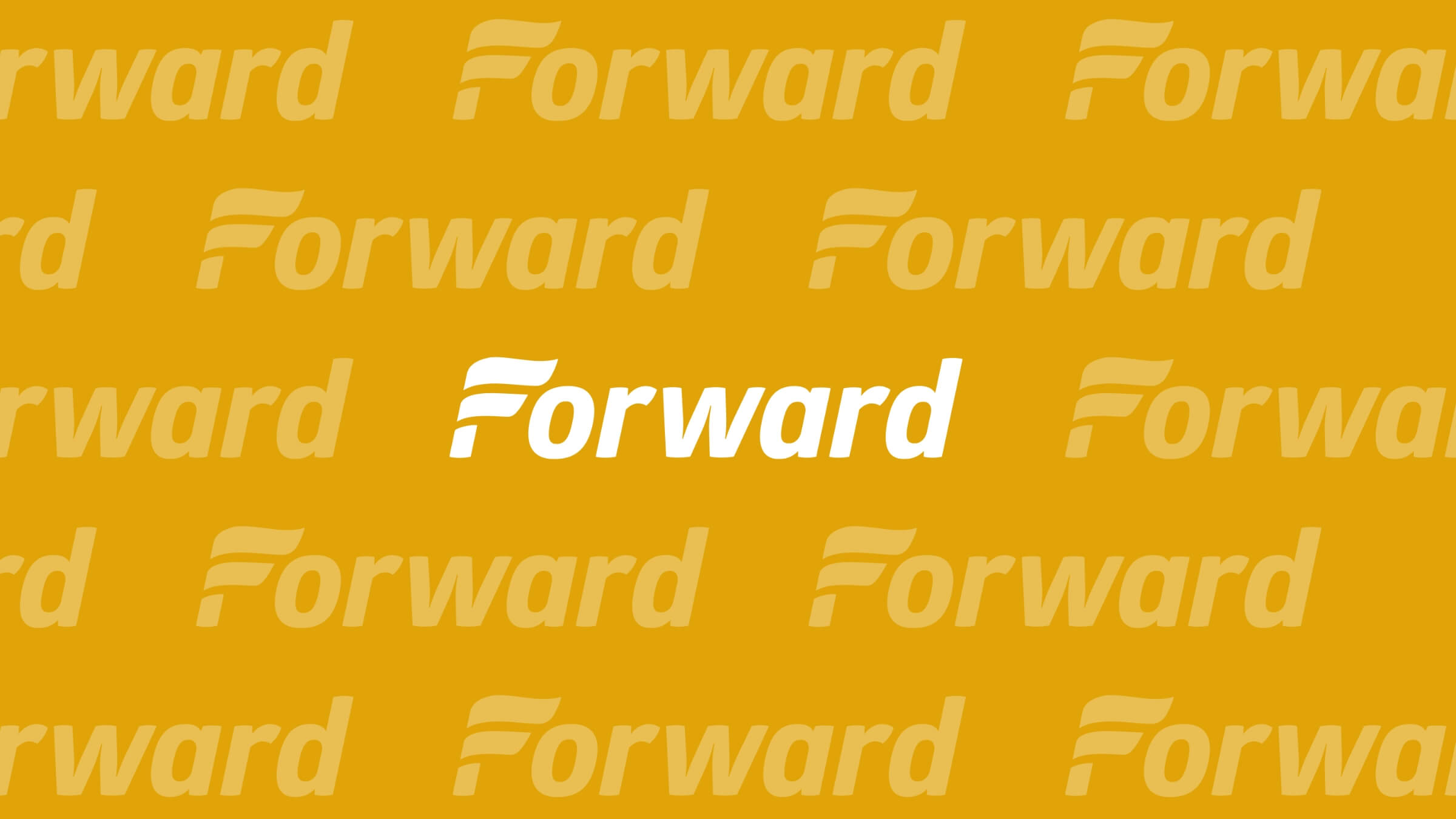
A literary talent is stalking the web, but his name is a mystery. A Yiddish blogger, who has been compared to leading writers of the past two centuries goes simply by the pseudonym Katle Kanye, meaning “rod cutter” or “thick headed.” Combining the vernacular of the Yiddish street with the language of rabbinic literature, Katle…
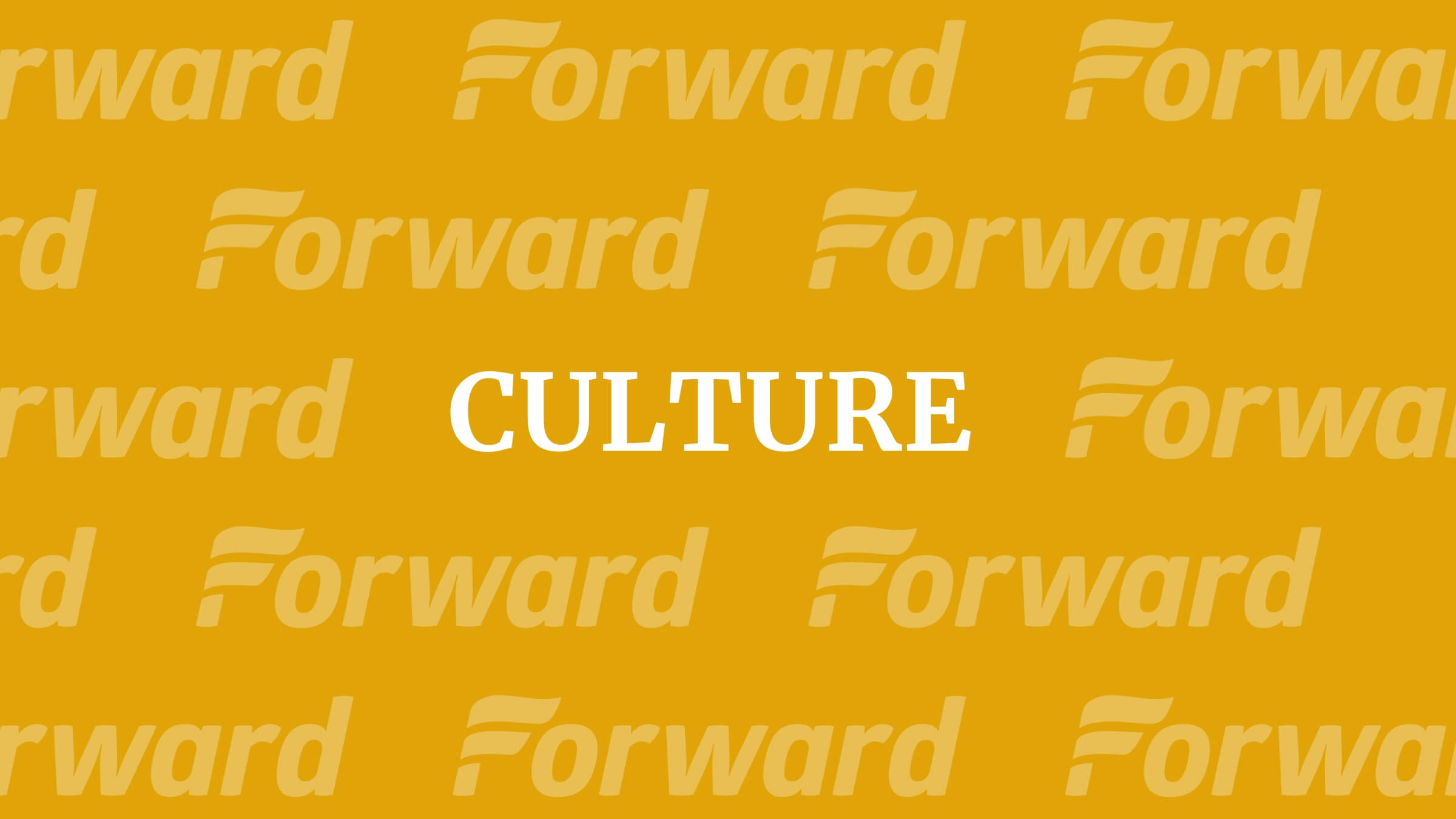
A version of this post appeared in Yiddish. It is said that a good firefighter arrives at the scene half an hour before the fire breaks out. So what about a good photojournalist? When the amateur German aviator Mathias Rust infiltrated the Soviet Union in 1987 and landed right in the middle of Red Square,…

Klezmer legend clarinetist David Tarras will be center stage for the first time in decades on May 5, thanks to the efforts of klezmer violinist and ethnographic field researcher Yale Strom. Strom and his band, Hot Pstromi, will be giving a special performance of Tarras’s music — including some pieces that have never been published…

Photo by Frank Vena Like many of his klezmer contemporaries, Geoff Berner, the Vancouver-born accordionist and songwriter, has a lyrical flair for pairing social commentary with the comically absurd. And he’s been able to do it with tongue-in-cheek storytelling and a Tom Waits-ian sense of balladry. Two of his most recent studio releases, “The Wedding…

There’s a new sound in Jewish music. It’s coming from young musicians with one foot in Brooklyn and the other on klezmer’s silk road through Europe: Paris, Berlin, Krakow, Budapest and points east. These musicians have bands with cheeky names, like Yiddish Princess and Electric Simcha, and they’ve come of age in a cultural landscape…

On her first visit to Israel in 1987, Czech-born Canadian singer Lenka Lichtenberg looked out from the top of Masada and never looked back. It was at that moment that she decided to leave behind her lounge singing career in pop, jazz, rock and folk and focus solely on perpetuating Yiddish culture through her music….

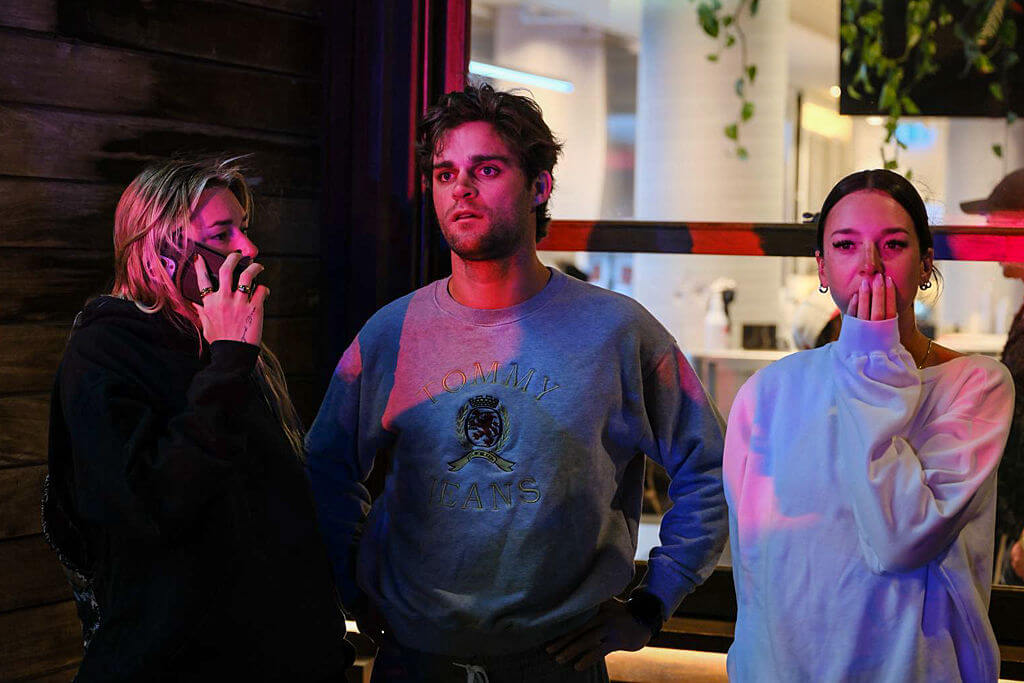

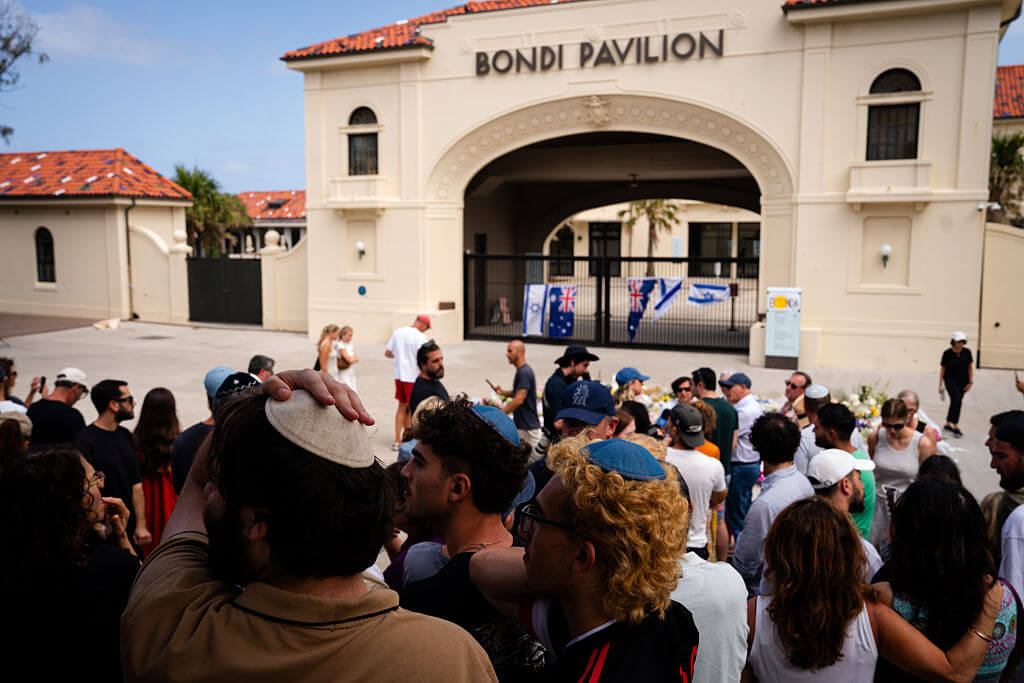



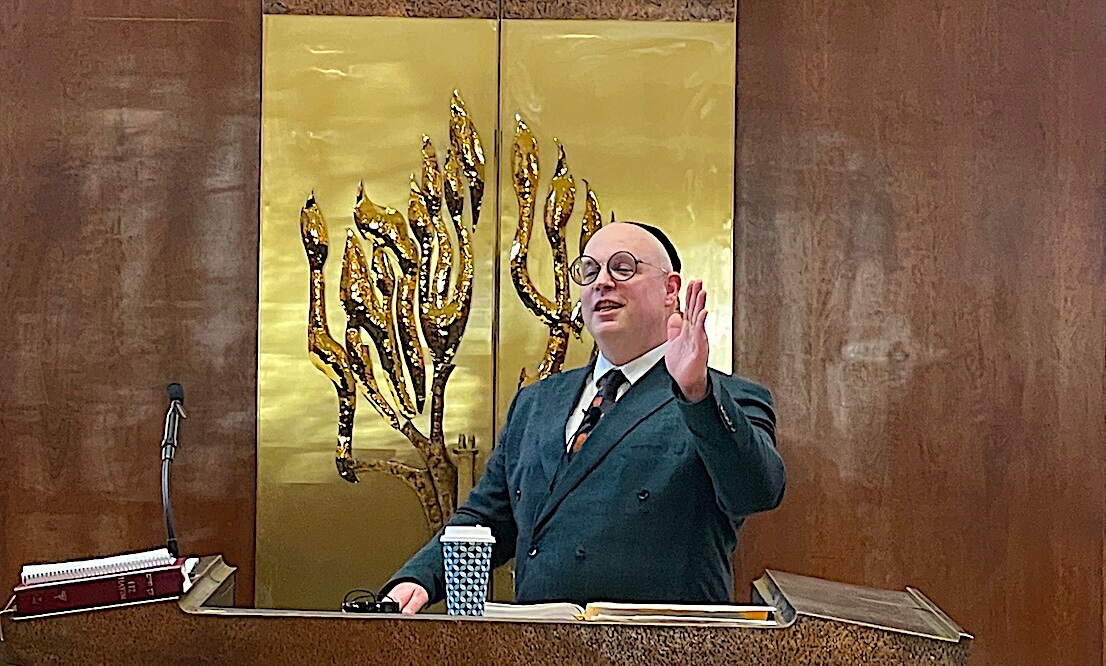
100% of profits support our journalism